Ecclesiastes – Photo Version
Ecclesiastes – Photo Version of Dmitry Brickman
I had really fathomed this book, for the first time, at the outset of my forties. Of course, I’d tried to read it before, yet I didn’t truly comprehend it back then. There is a world of difference, indeed, between “reading” and “comprehending”. A human cannot actually ‘see’ something if he doesn’t know or understand it. As for me, it seems, things had started to clarify and get in focus as I stumbled into my forties. I remember closing the last page of the book then turning numb for nearly twenty minutes. Afterwards, when I’d regained my senses, I immediately went back to re-reading the book. In its entirety. From the very beginning to the very last passage. All 12 chapters. Merely 222 verses. One of the most controversial texts of the Bible. One of its most humanistic parts. And obviously, one of the Bible’s cornerstones. One that can never be taken away, try – and the rest falls apart. Reading it, I recall, felt like sitting in a smoke-filled rowdy bar listening to an old, wise, time-weathered sage narrating his confession. I don’t know the man – he is a total stranger. His face is deeply furrowed with trench-like wrinkles. He had lived through a lot, seen much, and understood a great deal. Still, the old man didn’t waste away his ability to feel the pain of others, his compassion, his love of people and of life itself. Ever since, I would re-visit the book again and again. Not just every year, not even every month – much, much more often.
For quite some time, the two phenomena, “Ecclesiastes” and my passion for photography, had co-existed in my life but did not cross paths. At least it’d seemed they didn’t. On a roller-coaster called life, a sundry of outwardly unrelated things occur simultaneously. However, repeatedly, as I looked through my camera’s viewfinder getting ready to take a photo, and then later, when I would leisurely glance at the new photos, I had a fleeting sensation that certain images look strangely familiar. Not a person or a setting, but the image. Strange feeling. Vibrant and blurry at the same time. Somewhat reminiscent of an attempt to recall a dream. As a rule the feeling quickly eroded and disappeared. It has been happening for quite a while and didn’t really bother me that much. After all, who can register all those vague sensations and emotions that touch our souls every day! They pass, seemingly, without a trace. However, it only seems that way as nothing passes without a trace.
Everything came together for me in one moment – with my camera’s shutter button. Fate took me to the Chinese town of Makao. It’s a Las Vegas’s Chinese twin with its many tourists, shops full of ersatz merchandise, its hotels with plastic luxury, and vanity everywhere you look. But unlike its American prototype, Makao has an Old Town. A real one. I have found myself in Makao at dusk. Sitting on a stone in a corner of a small square, I changed my camera’s memory card and watched as the stream of people leisurely flowed by. Without any apparent reason, people made a small detour before exiting the square and turning the corner. I took a closer look. An elderly man was sitting on the stone steps not far from the corner. It was he that caused the stream to make a gentle bend. There are people that have a respectful free space around them even in the densest crowds. Such people are rare, but you do meet them occasionally. I zoomed in, focused my camera and took a picture of his deeply lined face…
When I returned home, I looked over my old pictures that I thought have become independent. In other words, the ones that do not require captions. Practically every one of them had a direct quote or image from “Ecclesiastes “. There were more images than quotes. Strictly speaking, the text itself contains more images than direct definitions. That uncertain fleeting sensation that I didn’t understand earlier, became focused and I could name it.
So here… I hesitate in choosing a definition. It is probably a translation, just an unusual one. Or, more precisely, unfamiliar. And what is most important, ambiguous. Rather strange phrase: “ambiguous translation “. Mutually exclusive. But first let’s talk about unfamiliarity. It is different because, in addition to a normal human language, it also uses the language of photography. It is very difficult to translate “Ecclesiastes ” using verbal definitions, not only from Hebrew to other languages. Paradoxically, it is tricky to translate it even to modern Hebrew. After thousands of years, some images, connections and words have blurred, changed their colors and sometimes just changed altogether. It is quite a feat to attempt to comprehend it in its native language, if you will. So when it comes to other languages, it’s nearly impossible. Any translation automatically interprets a text within the values and morals of the translator, which don’t always coincide with the values and morals of the reader. That phenomenon is not translator’s mistake or fault. They just don’t have a choice. Artistic images are impossible to convey with words. We must grasp and build an image for ourselves just like our systems of morals. Or to be more precise, we don’t have to, but have a right.
Now, let’s talk about the ambiguity of translation. Every picture, used in this translation, is connected to the text, in one way or another. Sometimes, it’s a direct and easily recognizable quote from the text, and sometimes…. not even a likeness, but more like a feeling. It would have been logical to use a photo that directly corresponds to each Ecclesiastes’ phrase, if I was to follow traditional translating rules. But I’m not going to do that. Then I would be doing exactly what’s described above: interpretation of The Book from the standpoint of the moral structure of a particular person. By no means, even indirectly, would I want to influence your own realization and perception of the Book and rob you of a chance to create your own interpretation free from the limitations inevitably imposed on the process by using words.
The interpretation is broken up in chapters. There are 12 of them according to the Book of Ecclesiastes. You will hear text and see photos flowing from one to the next, as you open each chapter. Sometimes they will match the images from previous chapters, and sometimes they will be linked to other chapters. It is absolutely irrelevant because these connections are based on my perception and associations, and I hope you will have your own. The text I’m using is “The King James Version”. bible translation, and not because it’s the best. There are better ones, in my opinion. The reason is, actually, something else. There is this great Russian phrase: “namolennoe mesto” which loosely translates as “prayed out place”. To me this translation seems to be the most prayed or blessed one. However, I’ll let myself make one correction to the famous “vanity of vanities”. In Hebrew, the word “Hevelle” is used. There’s no simple translation for that word. An “exhalation”, or maybe a “breath vapor”… Probably the closest translation would be “unimportant”, “empty”, “nothing”.
And the last point. Every chapter begins with a photo, or to be more precise an image of a man. Let’s call him “The Author”. We don’t know what he looks like. Strictly speaking, we don’t even know who he is. According to the Bible, King Solomon wrote the book. But, most likely, he did not. We really know nothing about him. The Book talks about it too: “For of the wise man, even as of the fool, there is no memory for ever, since in the days to come all will have been long forgotten. Indeed, the wise man must die just like the fool!” Sometimes I think the Preacher was a mature man, and sometimes – a profoundly old man. Sometimes, I think he was happy, and sometimes glum. Sometimes, I think he was rich, and sometimes poor. These images for each chapter are the only ones that I allowed myself to give a definition. The rest is up to you. And now, let’s begin. I hope very much that you can get your own interpretation.
See the wonderful video “Ecclesiastes” by Dmitry Brickman. The text is narrated by the photographer in Russian language.
target=”_blank”>Dmitry Brickman
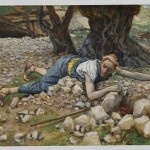

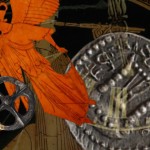


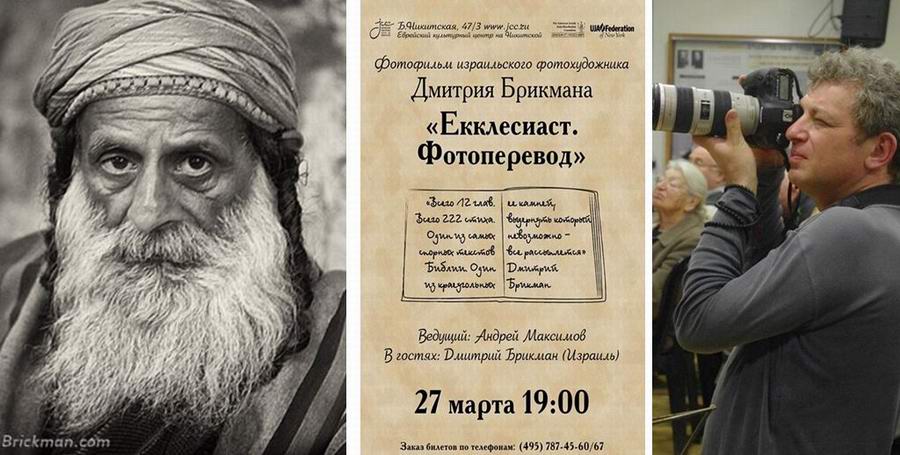
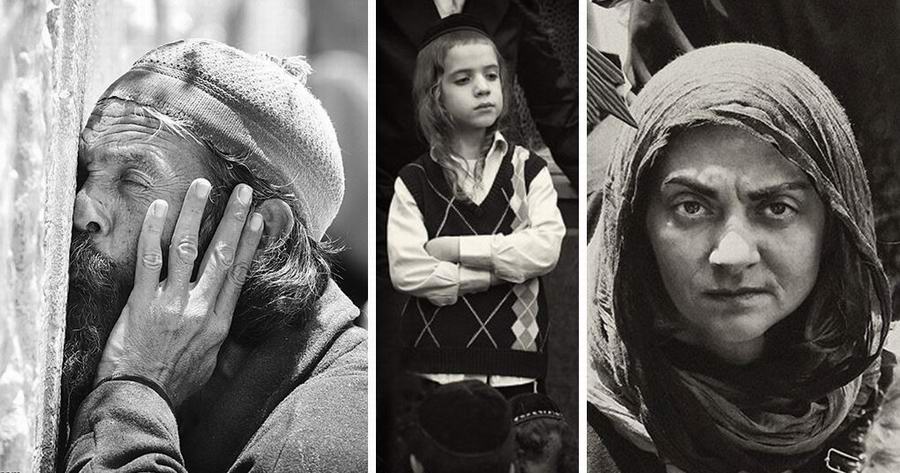

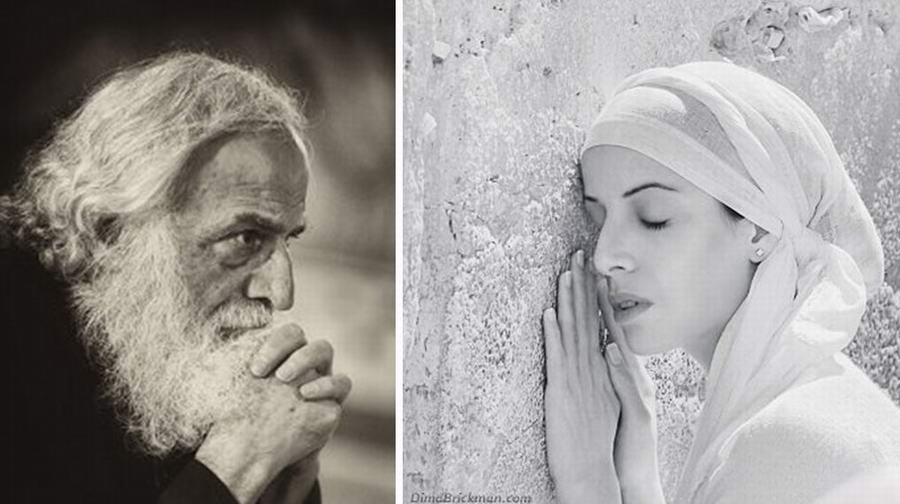
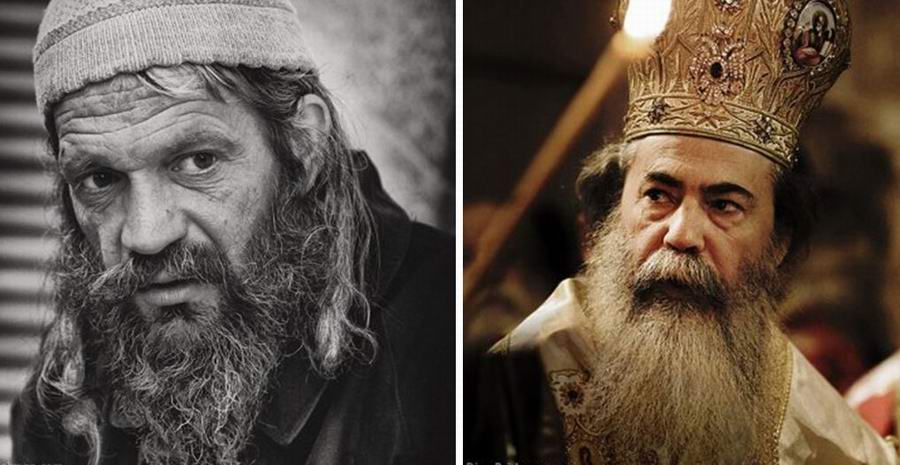
comments